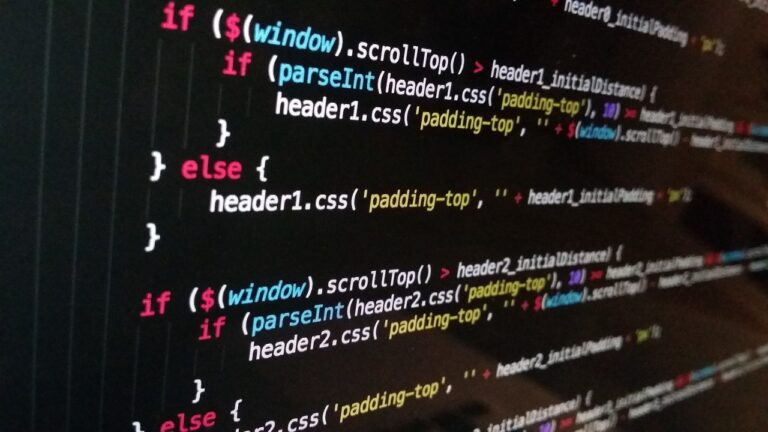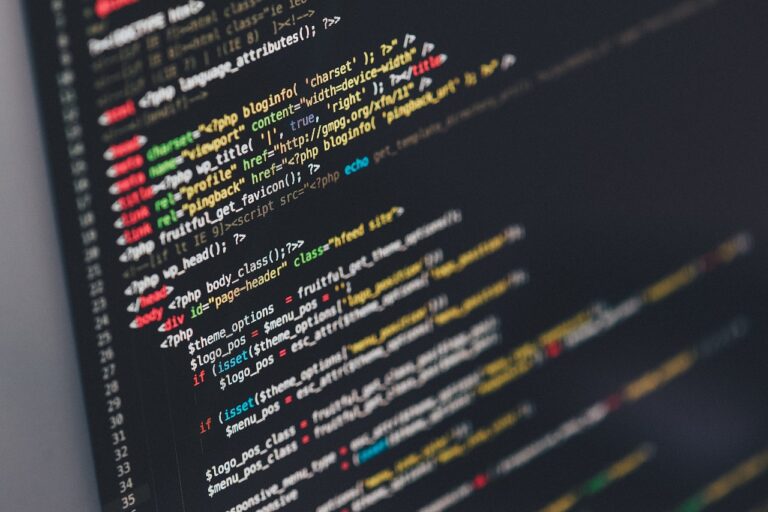Where AI Meets Crypto: ChainGPT’s Standout Moment at TOKEN2049





CoinCarp(CC): Your comprehensive crypto listing hub for real-time price tracking, exchange and wallet rankings, blockchain fundraising data, ICO/IDO/IEO listings, launchpads, crypto calendars, and news.


CoinCarp(CC): Your comprehensive crypto listing hub for real-time price tracking, exchange and wallet rankings, blockchain fundraising data, ICO/IDO/IEO listings, launchpads, crypto calendars, and news.


CoinCarp(CC): Your comprehensive crypto listing hub for real-time price tracking, exchange and wallet rankings, blockchain fundraising data, ICO/IDO/IEO listings, launchpads, crypto calendars, and news.


CoinCarp(CC): Your comprehensive crypto listing hub for real-time price tracking, exchange and wallet rankings, blockchain fundraising data, ICO/IDO/IEO listings, launchpads, crypto calendars, and news.



